Must-see Western Australia wildlife
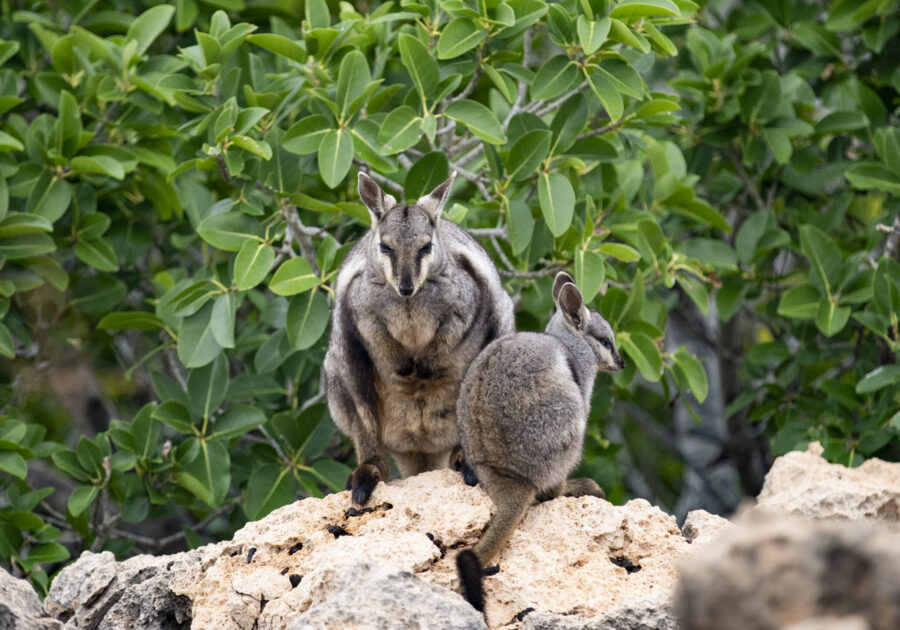
This article is brought to you by Australian Geographic Travel.
To understand how extraordinary Western Australia is, let’s start with a tiny gemstone created at the beginning of time.
Zircons are rarer than diamonds and almost as valuable. However, in its common form –sand particles – zircon has little value. But a deposit of zircon sand found in 1984 in the Jack Hills – a remote corner of WA – became incredibly valuable to geology when scientific analysis of the sand deposit showed that WA is 4.4 billion years old (byo), one of the oldest places on Earth. To put this in context, Planet Earth is approximately 4.5 byo.
Western Australia is also very big. It would engulf western Europe and the UK, with room to spare. Texas would fit into it four times over, it makes up a third of the Australian land mass (which is roughly the same as a third of continental USA) – but hardly anyone lives there.
The human population of WA is comparatively tiny, with most people living in the capital city of Perth and the rest scattered across a vast, dry outback at a ratio of about two people per square kilometre.
So why would anyone want to go there?
Where the desert meets the sea
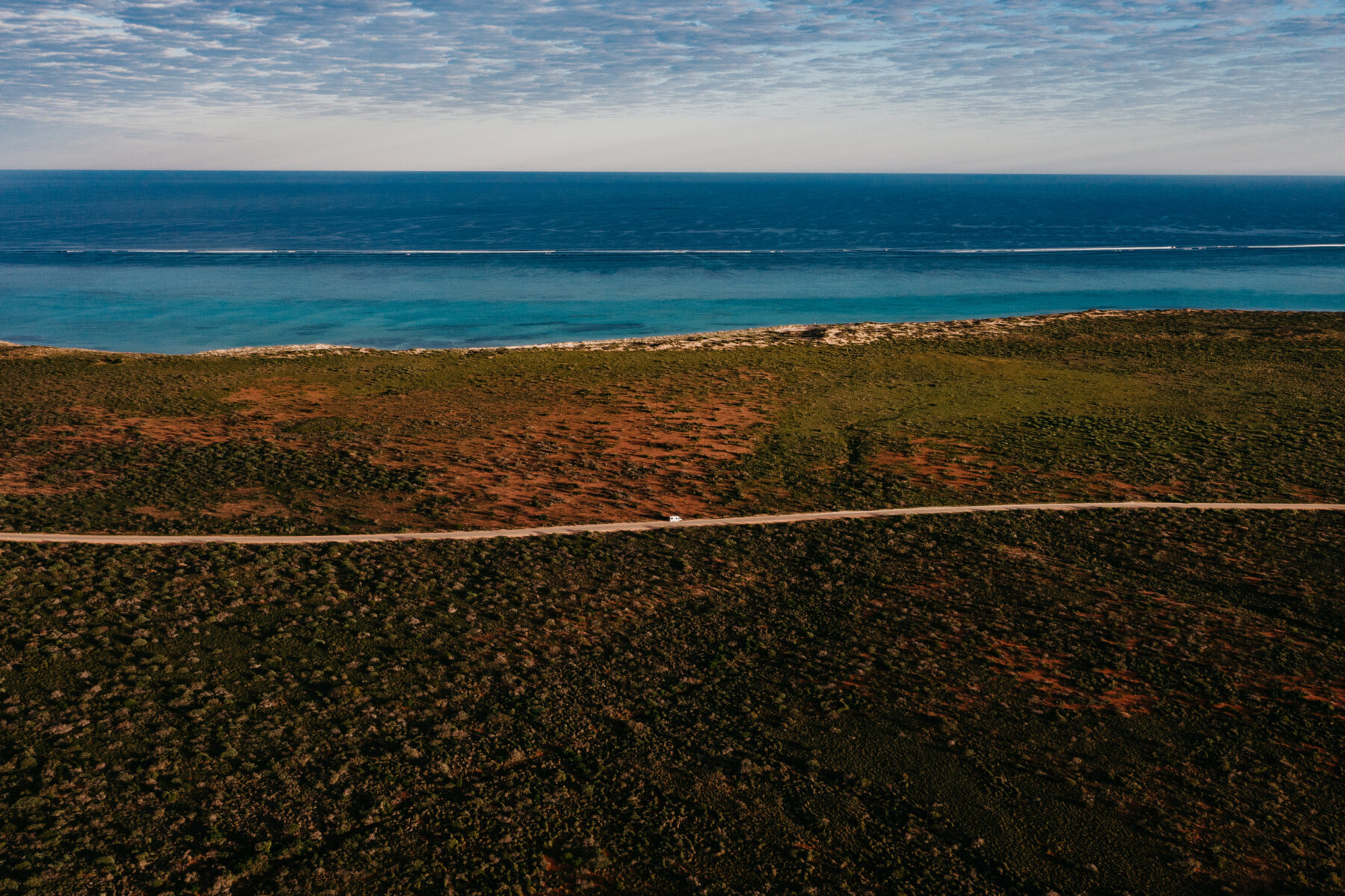
I’ve flown over WA many times. There’s something indescribably beautiful about it that knocks you out when you first see it from above. Leaping up at you is a continuous array of ochre reds, yellows and browns, stretching from horizon to horizon. This scene is dissected by thousands of vast braided ‘streams’, mostly dry and filled with millions of tonnes of sand eroded from the original rocks over billions of years.
Then, like crossing a threshold, the ochre land stops and you are confronted with an aqua blue ocean. Here, where land meets sea, is where you’ll find two of Australia’s best wildlife locations.
The numbats and orcas of the south-west
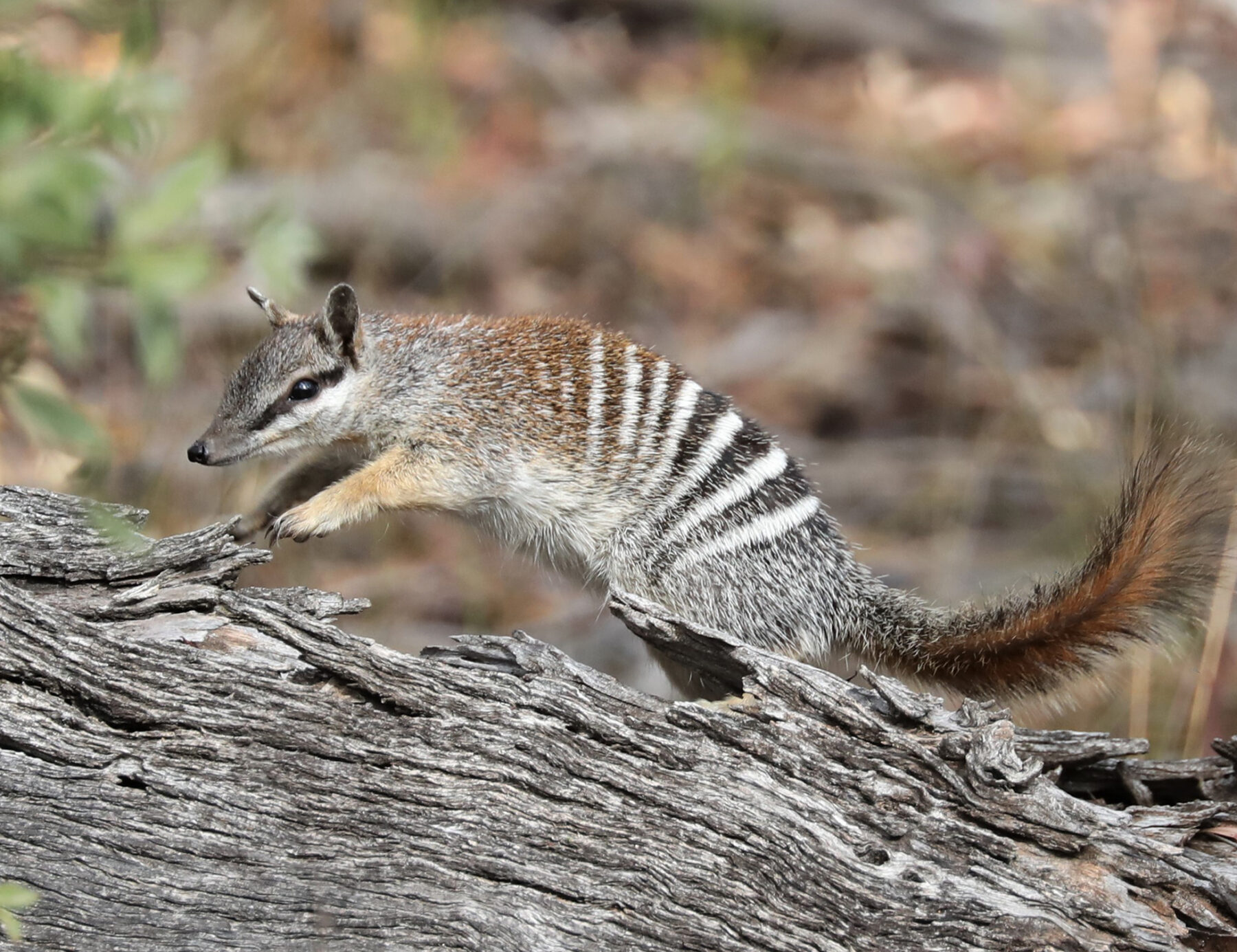

Have you ever seen a numbat in the wild? Not many people have, because they are one of the world’s most endangered animals – it’s estimated there are only 800 mature animals left in the wild. Yet these endearing marsupials once thrived across much of Australia. The ONLY place you can now see them in the wild is in south-west Western Australia, and even that can be challenging.
Dryandra Woodland National Park, south-west of Perth, is a known location to spot these appealing little animals, but they move so fast and are so rare that the best way to find them is with a guide who knows where to look. Believe me, it’s worth the effort to spot one of these high-speed termite-eating critters.
Because they eat termites – which are daytime insects – numbats are one of Australia’s few fully diurnal carnivorous marsupials, meaning they can be seen at pretty much any time during daylight hours.
Another animal many people have never seen in the wild is the great hunter of the sea, the orca. Although they are more common than numbats, orcas are not readily seen unless you know where to find them.
Bremer Bay in south-west WA is the best place to see orcas in Australia, so if you visit the region to look for numbats, you can also hook up with the orcas to add extra spice to the trip!
Bremer Bay’s ocean floor geography produces an astounding abundance of aquatic life. Here, a gigantic underwater canyon funnels water from the ocean depths into the shallows of the continental shelf. This ‘upwelling’ – rich with nutrients, plankton and krill – provides a smorgasbord for thousands of whales of many species.
Orca pods track and hunt whales through Bremer and, with the right knowledge and timing, you will almost certainly see them, along with blue whales and many other species of oceanic mammals and fish.
The whale sharks and rock-wallabies of Ningaloo
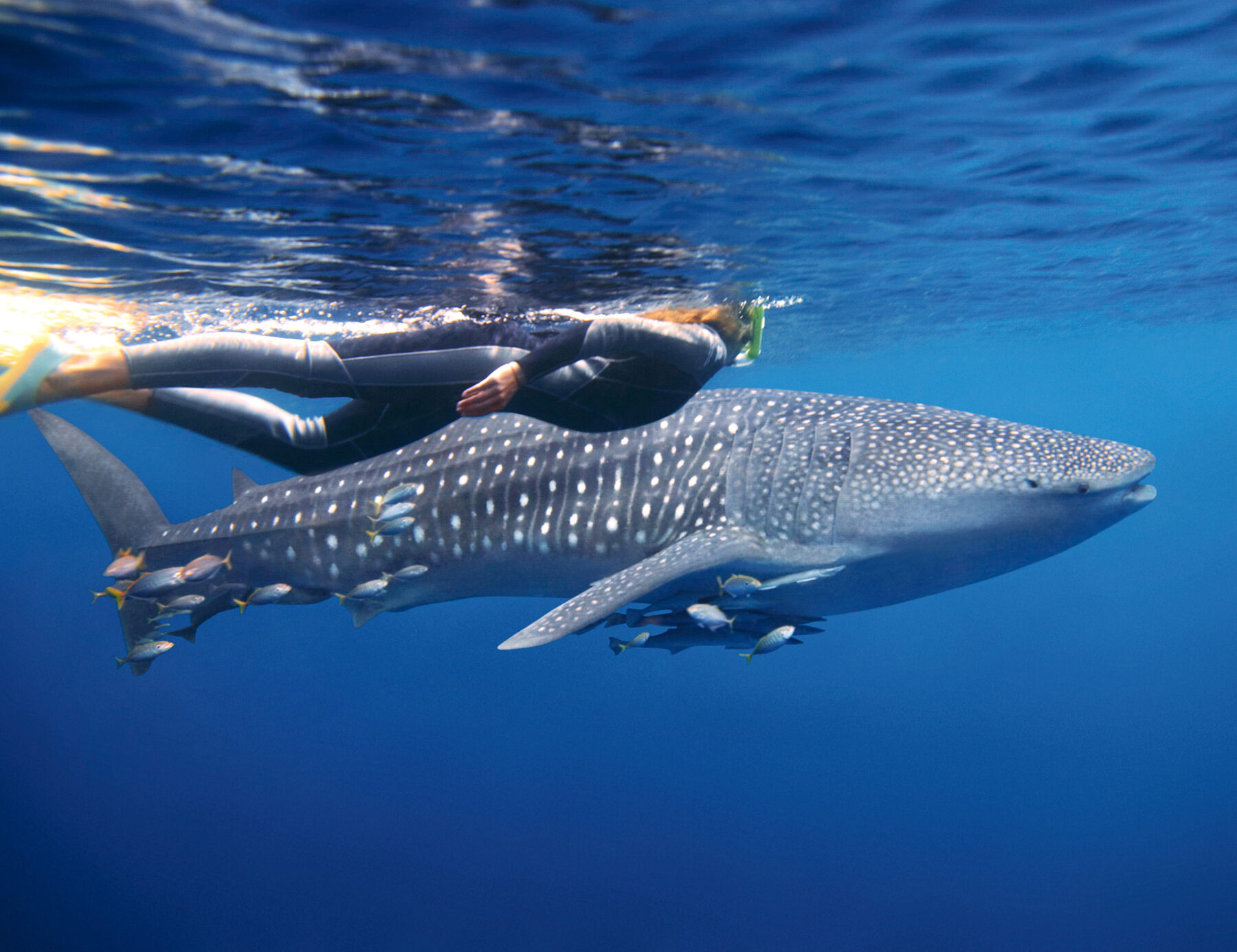
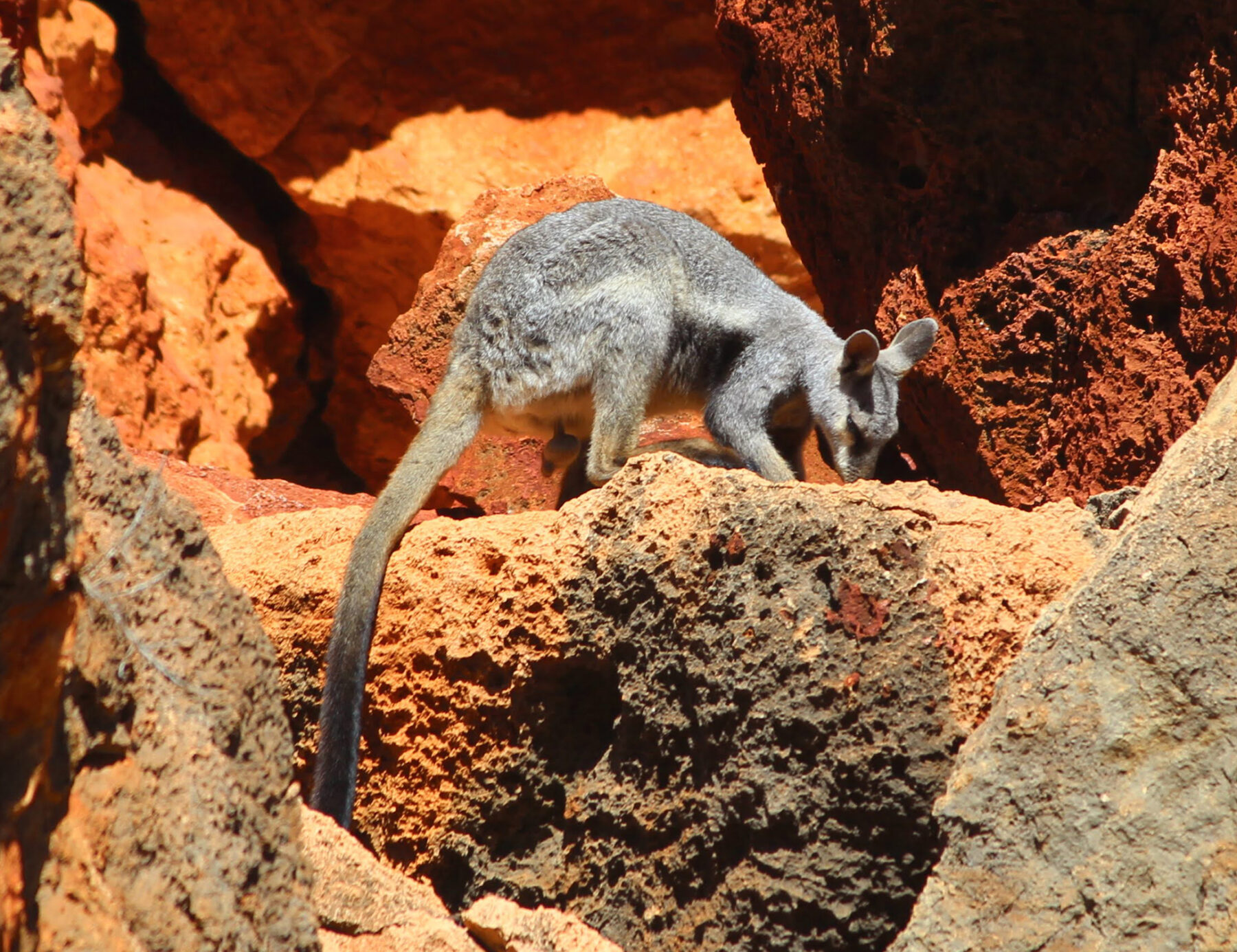
Speaking of fish, WA is home to the world’s largest. Far away from the cool waters of Bremer Bay, halfway up the western coast of Australia, lies the warm waters of Ningaloo Coast World Heritage Area. Ningaloo’s spectacular fringing reef attracts thousands of species of fish, from fingernail-sized seahorses all the way up to mega-sized whale sharks.
Each year from March to July, hundreds of whale sharks cruise along the ocean side of Ningaloo Reef, hoovering up plankton and small fish. To snorkel with these magnificent creatures should be on everyone’s bucket list – I’ve done it numerous times and I can tell you, absolutely nothing compares to the buzz of swimming beside these huge, harmless fish.
But, as spectacular as whale sharks are, Ningaloo has much more to offer. While you’ll see corals surrounded by thousands of fish species, manta rays, dolphins, whales, turtles and sea snakes – a never-ending parade of underwater life – what’s often forgotten is Ningaloo’s dramatic coast and hinterland divided by steep, ancient gorges that are some of the most spectacular in Australia.
Deep in some of these gorges live the tiny, endangered black-flanked rock-wallaby. Like the numbat, this wallaby was once abundant across central WA and into the Northern Territory. It is now confined to a few fragmented populations, one of which is in the canyons of the Cape Range National Park beside Ningaloo.
With careful management of introduced predators, the Cape Range population is slowly increasing, but it needs all the help it can get to bring it out of its vulnerable conservation status.
How to link your WA wildlife adventures
As a wildlife guide for more than 30 years, I believe that south-west WA and Ningaloo are two of the best locations in Australia to link together to see a mix of wildlife in the sea and on land.
As mentioned earlier, numbats, orcas, whale sharks and black-footed rock-wallabies can be hard to find unless you know where to see them. You also need to know which are the best times and the best locations. Good Wildlife Guides know how to go about finding these amazing creatures. They also have highly honed skills on how to approach them, so you have the best opportunity to both see and enjoy them. Plus, they have a deep sense of responsibility about caring for and protecting the environment.
Australian Geographic Travel offers two unique citizen science-style trips that can be linked together to create one of Australia’s most extraordinary wildlife adventures. Leaders on these trips are experienced wildlife guides with an intimate knowledge of the south-west and Ningaloo regions of WA.
Both these trips are seven days in duration and can be combined or booked individually:
Orcas, Numbats & Birds of the South West
Island Birds & Whale Sharks & Ningaloo Reef
Roger Smith is the author of Australian Geographic’s Treading Lightly column and Director of Conservation Travel at Australian Geographic Travel.
This article is brought to you by Australian Geographic Travel.



